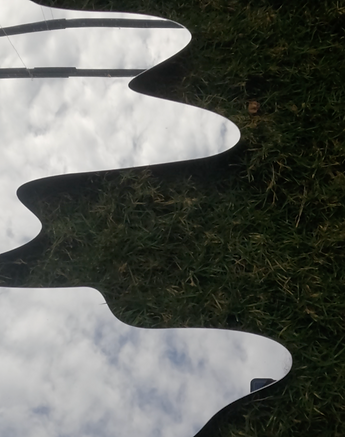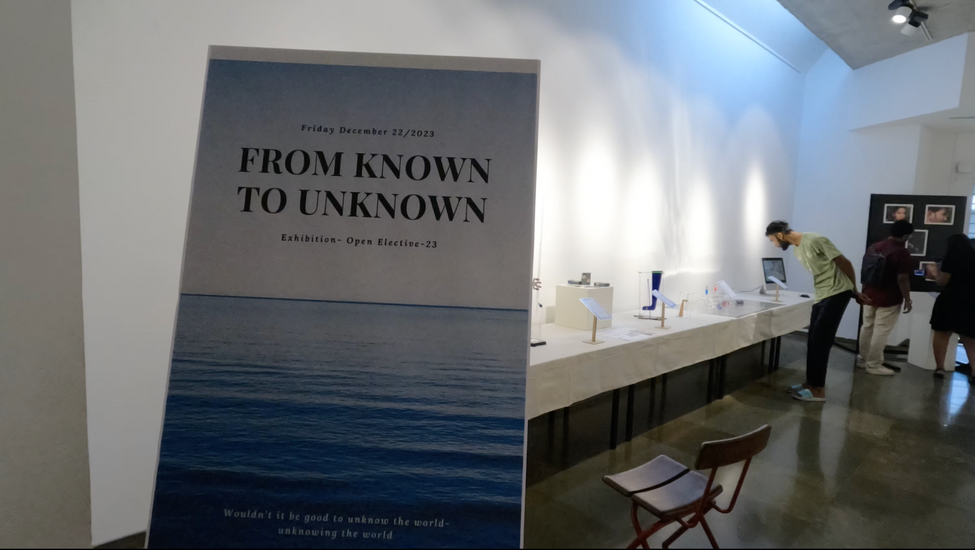From Known to Unknown:
Reconnecting with Water
Making things Unknown
When do we consider things known?
When can we say that we know something?

Making things Unknown
When do we consider things known?
When can we say that we know something? We consider something as known when we receive or continue to receive information about it. This knowledge is based on factual information we gather over time, which may also evoke certain emotions.
In a world where information is at our fingertips, knowledge may no longer facilitate thoughts, imagination and emotions. In a world overflowing with information, we often need to pay more attention to the profound impact of what remains unsaid.
I recently conducted a two-week Open Elective session at NID that encouraged designers to rediscover water using " Exformation" as the guiding compass. Exformation is not "making things known" but "understanding how little we know". Exformation of water involves removing the noise and the clutter surrounding our perception. It's about stripping away the details and distractions to reveal the essence of water.
Tor Nørretranders, a Danish science writer, introduced the term "exformation" in his book The User Illusion. Nørretranders uses the term to describe explicitly discarded information in communication.
Kenya Hara introduced the concept of exformation in his book "Designing Design." In Hara's context, exformation refers to the idea that what is left out or excluded in design is as important as what is included
Hara Exformation is around what is left unsaid. It can be described as a way of thinking when questioning or designing. Hara asks us to look into and appreciate the things that could have been left unsaid or are not so deliberate when we think of a particular thing or concept.
And what could be more known than water? Or so we believe. The students did a very good job and created artefacts to get people talking about themes like the Privilege of running water. Or the slow pace at which water can change things the different emotions water can convey in different forms.
The goal was not to make something or make something understood but to motivate people's curiosity , start conversation, and develop an emotional connection which can ultimately lead to action.






